Bringing traditional Japanese sweets to the world.
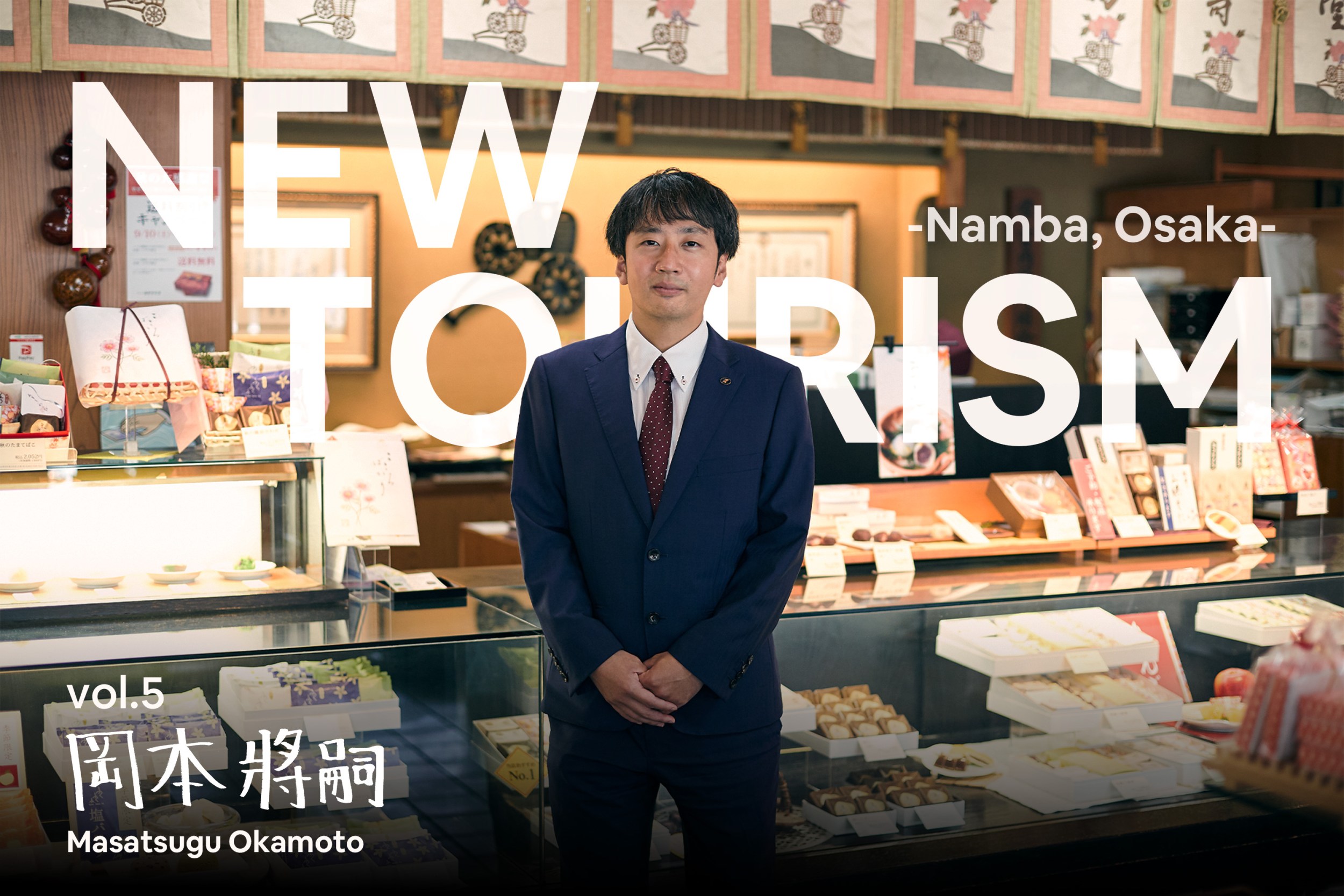
Masatsugu Okamoto, Senior Managing Director of Fukujudo Hidenobu
Mr. Okamoto is the senior managing director and expected future president of Fukujudo Hidenobu, a Japanese confectionary shop that has been in business for over 70 years. His ambition is to bring traditional Japanese sweets from his birthplace, in Namba, to the world.
And in the process, he hopes to reinvigorate the city and preserve this Japanese culinary tradition for future generations.
The best red bean paste
Fukujudo Hidenobu is a Japanese sweet shop that was established in Soemon-cho in 1948. Soemon-cho is located on the north bank of the Dotonbori River, and at the time it was a popular dining destination for entertainers and politicians.
“There were many prestigious restaurants, and our Japanese sweets were ordered as desserts by high-end restaurants,” said Mr. Okamoto.
Sweets have been passed down at the shop through generations, and they offer “a delicate and beautiful view of the world.” For example jounamagashi, a sweet characterized by its light color, was developed with an artist to reflect the changes of the four seasons. He says making anko, or red bean paste, has been a focus since the company was formed.
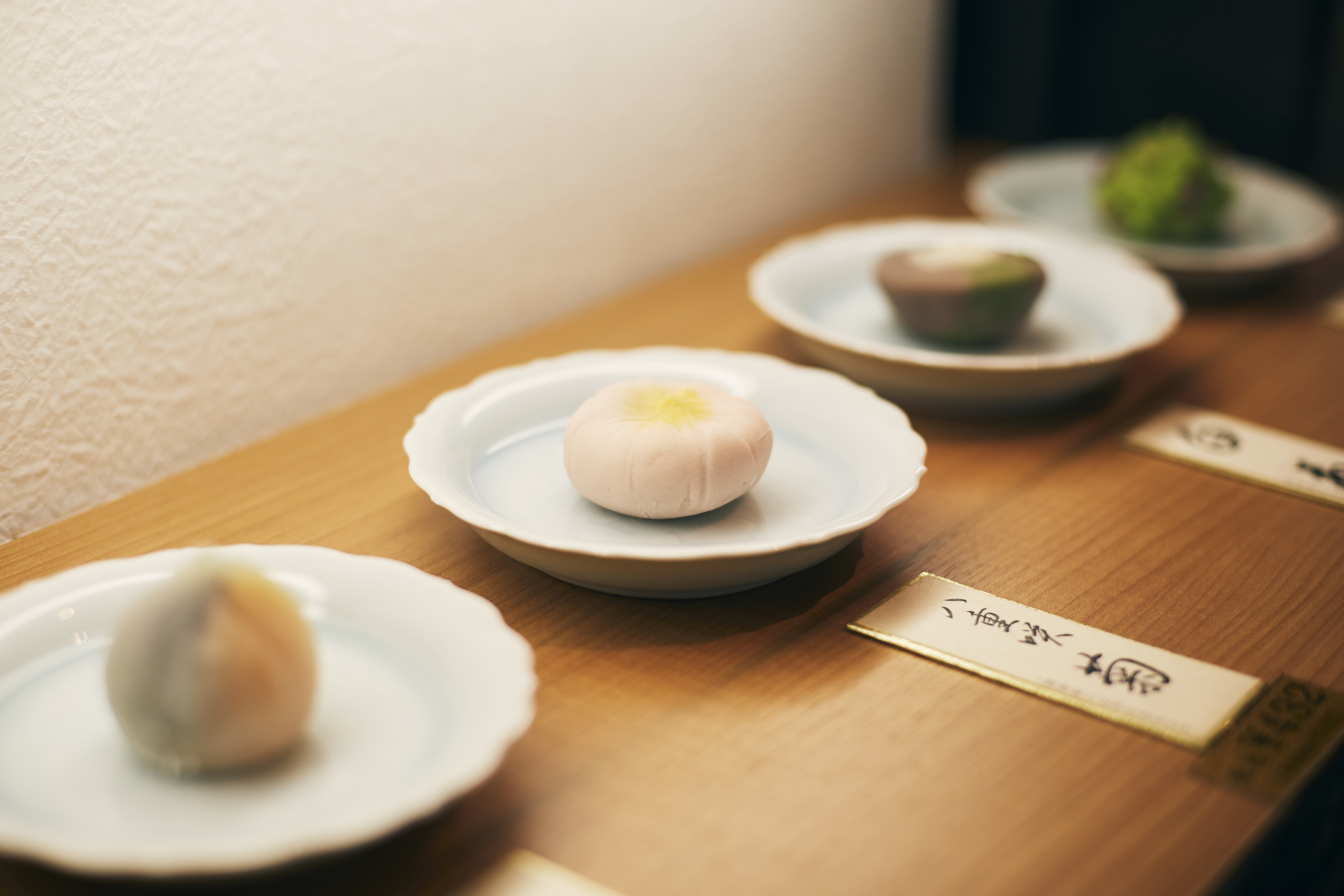
“I worked at a factory making anko for a while and was really impressed by how it tastes when freshly made,” he said. “With the Osaka EXPO coming up, I would love it if we could share this craft with people from other countries as well.”
Osaka, kitchen of the nation
Historically, Osaka was considered the kitchen of the nation, a cosmopolitan place with a wide range of influences. This influence is evident in local food today.
Fukufukufu is the most popular product at Fukujudo Hidenobu, created 20 years ago in an attempt to produce a dessert that blended Japanese and Western styles.
“Both Japanese and Western tastes are incorporated into this unique product. We named it fukufukufu with the wish that lasting good fortune will come to us all. The dough is kneaded with anko to create a unique texture and flavor, making it similar to a Japanese cake.”
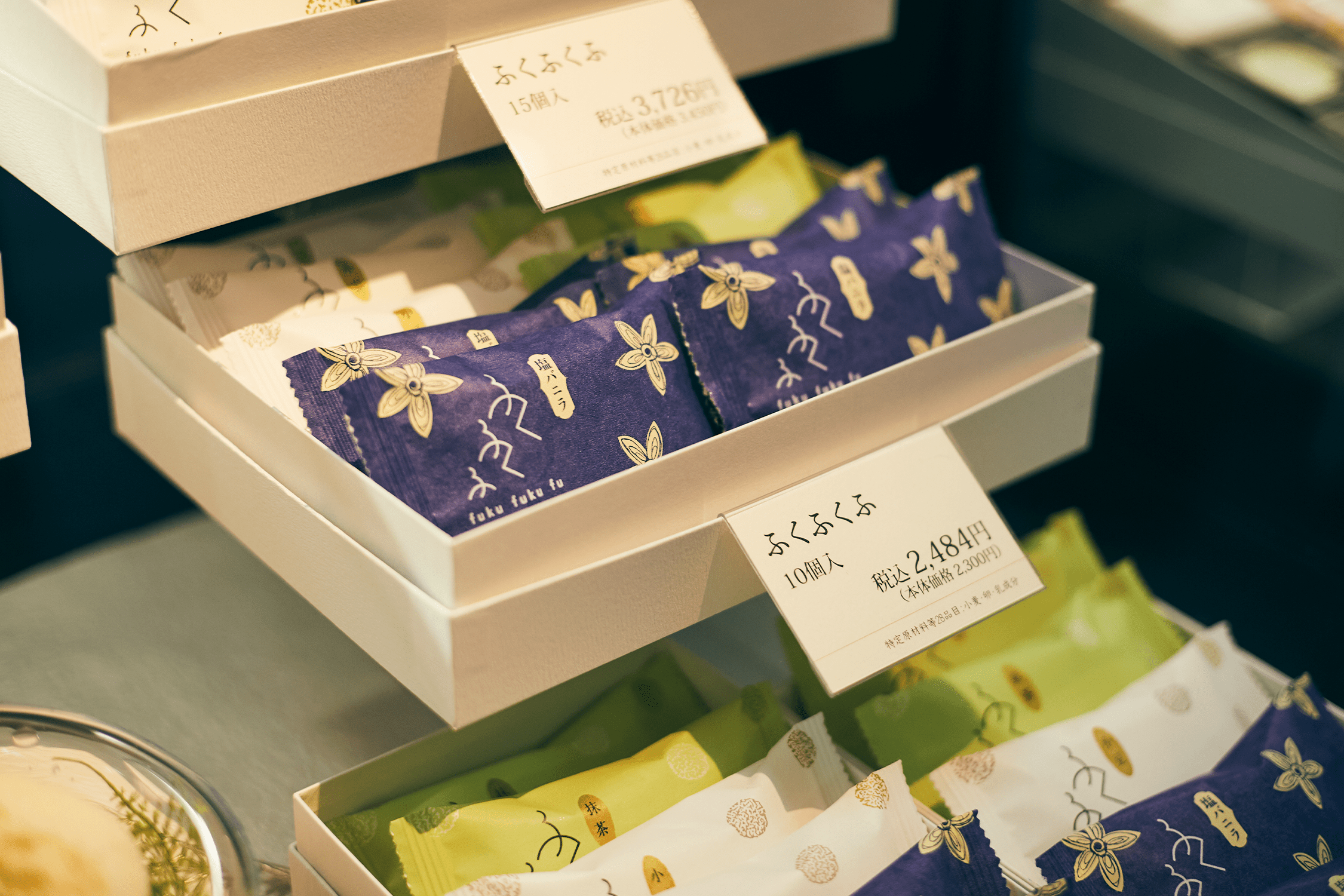
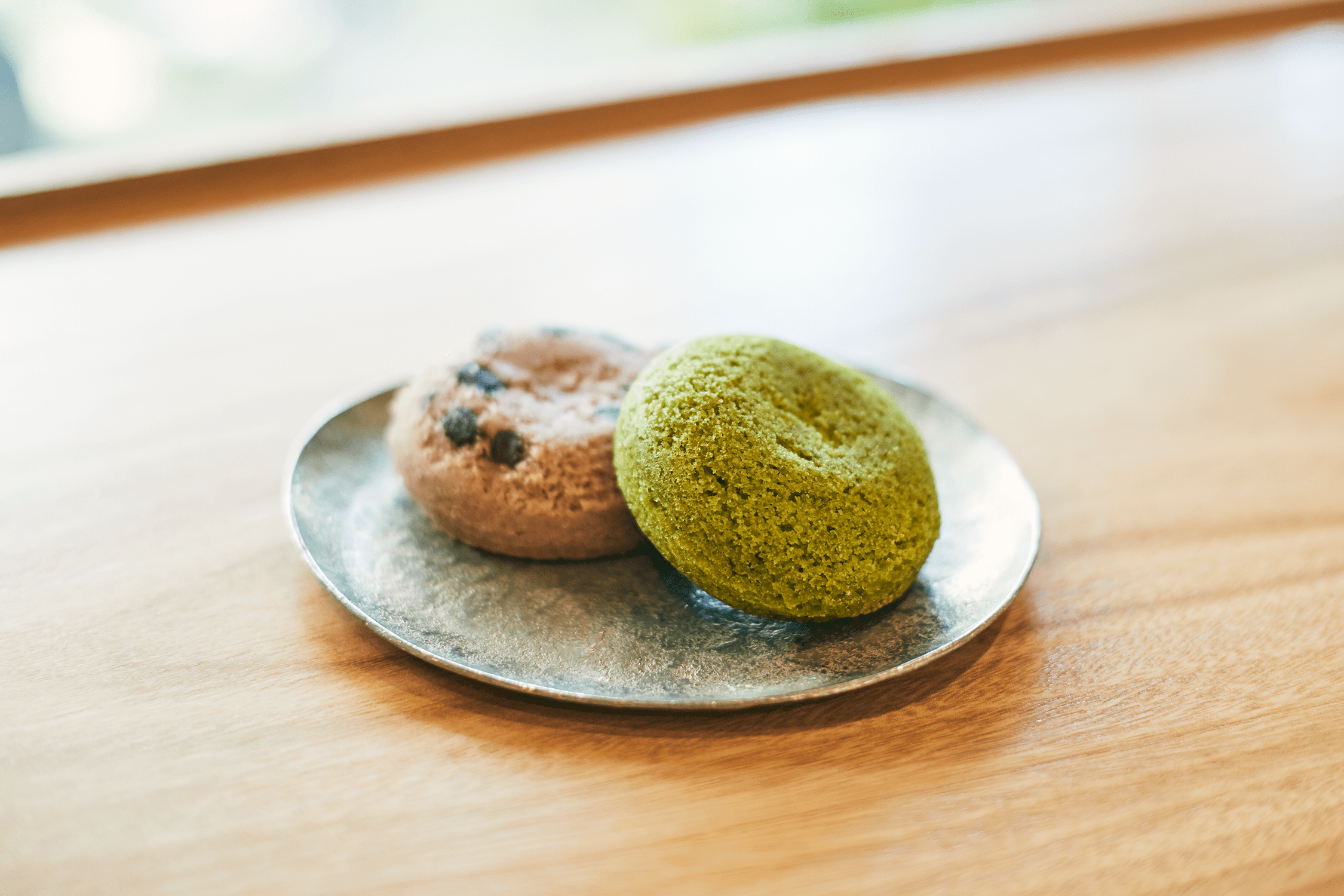
“I am always looking for ways to make people more familiar with Japanese sweets, since they are not well known worldwide,” he said.
Popular products include those made with mochi (rice cakes), fruit, and matcha green tea. One recent success was a jelly containing peaches from Okayama Prefecture in the summer. Creating Japanese sweets that will be enjoyed by a wide range of customers is a challenge he enjoys.
Innovation, using traditional techniques
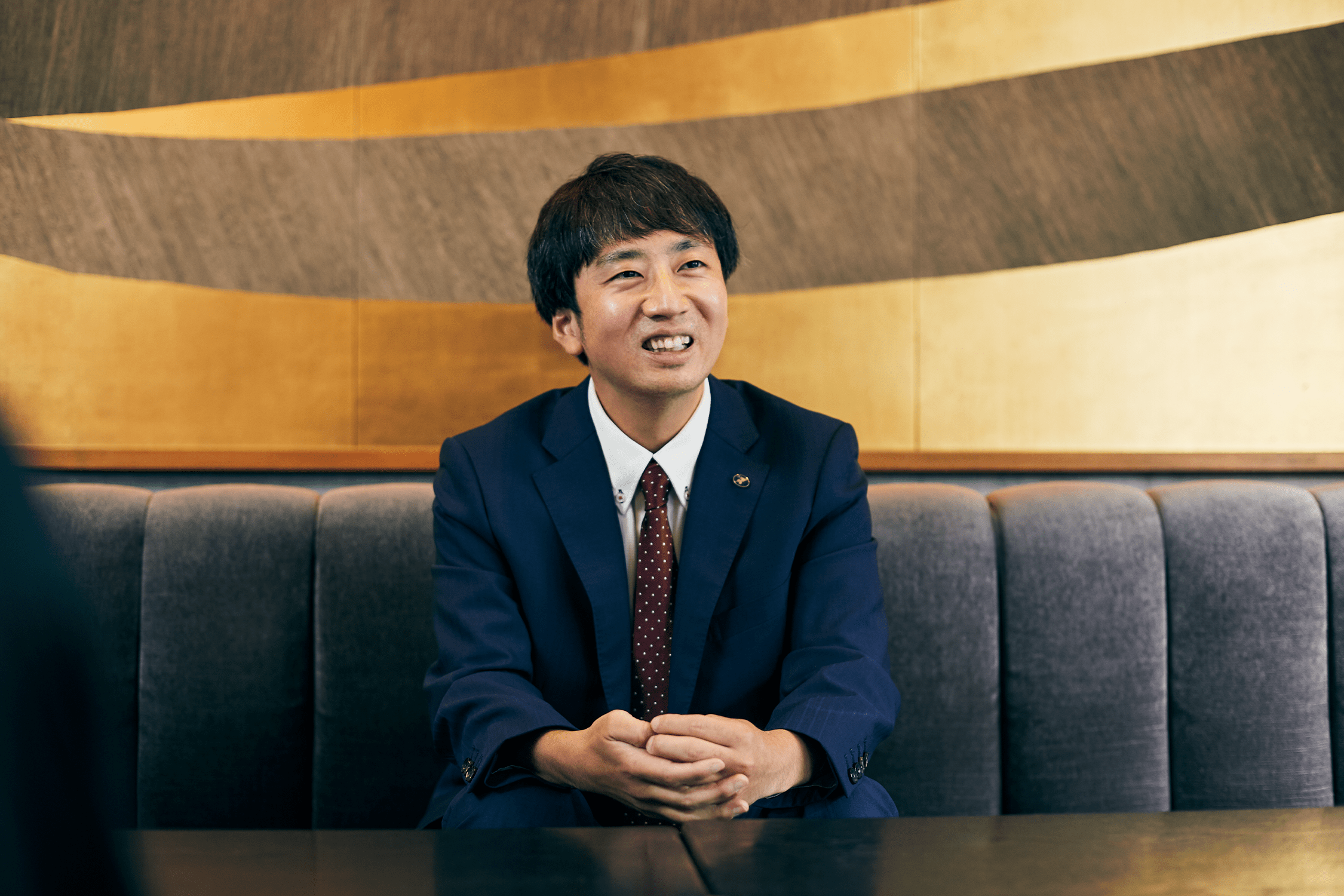
Anko, or red bean, is low in fat but high in carbohydrates, and holds appeal to the sports market as an energy boost. With the help of a professor from Tezukayama Gakuin University’s Department of Food and Nutrition and students from the athletic club, he took on the challenge of developing a new product.
The result is ANDO_, their recently launched energy drink that is inspired by yokan, a Japanese red bean sweet.
While the drink was developed for the sports market, it has also had popularity among campers during the pandemic, and people have found other creative uses, too.
“We’ve heard people say, ‘It’s delicious on top of freshly made waffles. It’s not how I imagined it being used, but I think it’s a great way to spread the fun.”
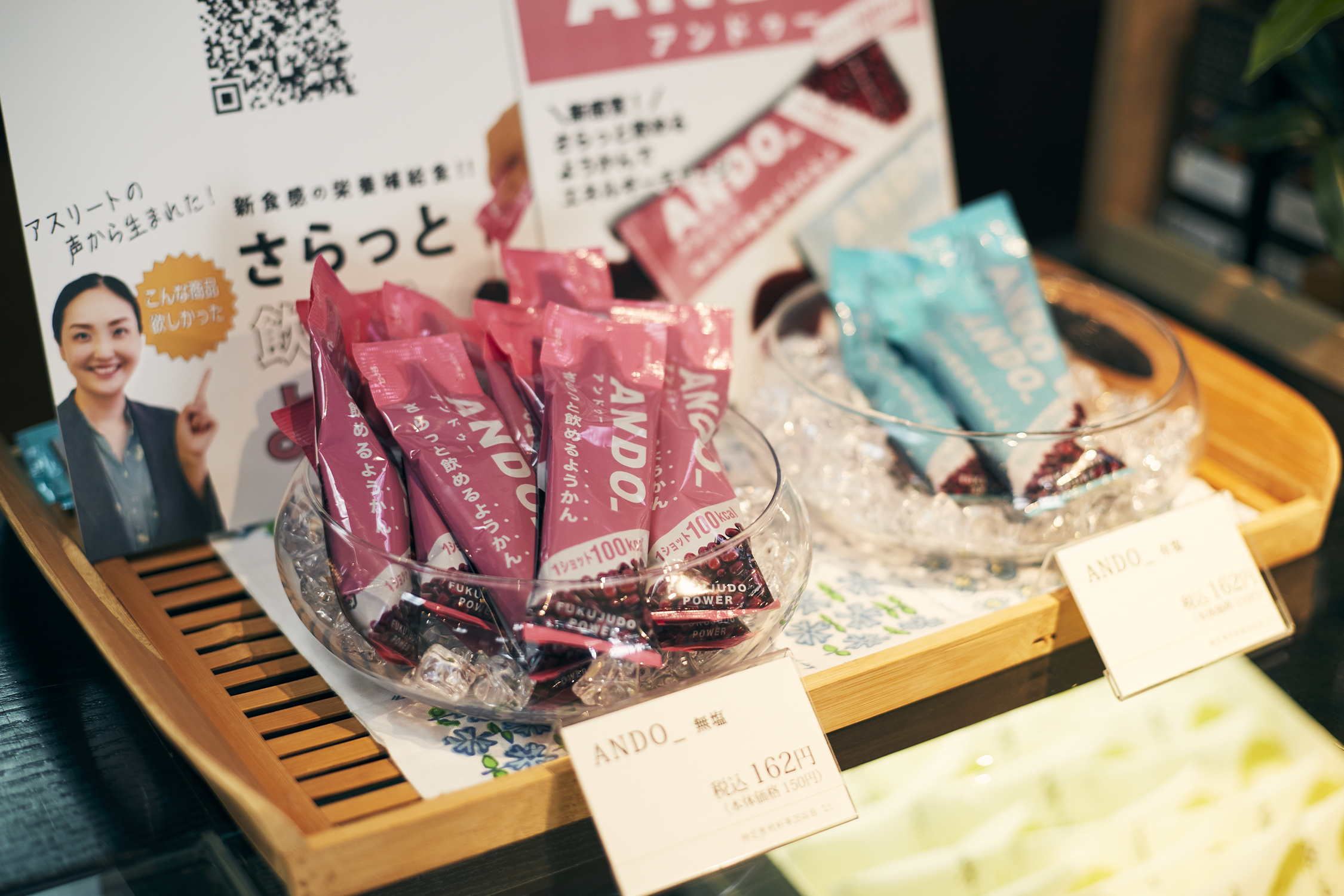
Mr. Okamoto feels a great sense of urgency to appeal to younger generations who are losing interest in the tradition of Japanese sweets. In response, a line of fresh sweets with a beautiful aesthetic was released in October 2022.
“The culture of ceremonial gifts such as ochugen (mid-year gifts) and okusai (year-end gifts) is fading away, and sweets that look good on social networking sites are gaining popularity. There are more and more people who are not familiar with Japanese sweets.” .
“I want to embrace new ideas that still use the traditional techniques and knowledge we have cultivated over the past 75 years,” he said. “For example, we could open a Japanese-style café where people would be able to enjoy Japanese sweets and tea, or sweets that pair with wine that could be served at long-established bars.”
“We are proud of our Japanese sweets, and we want everyone to know how delicious they are.”
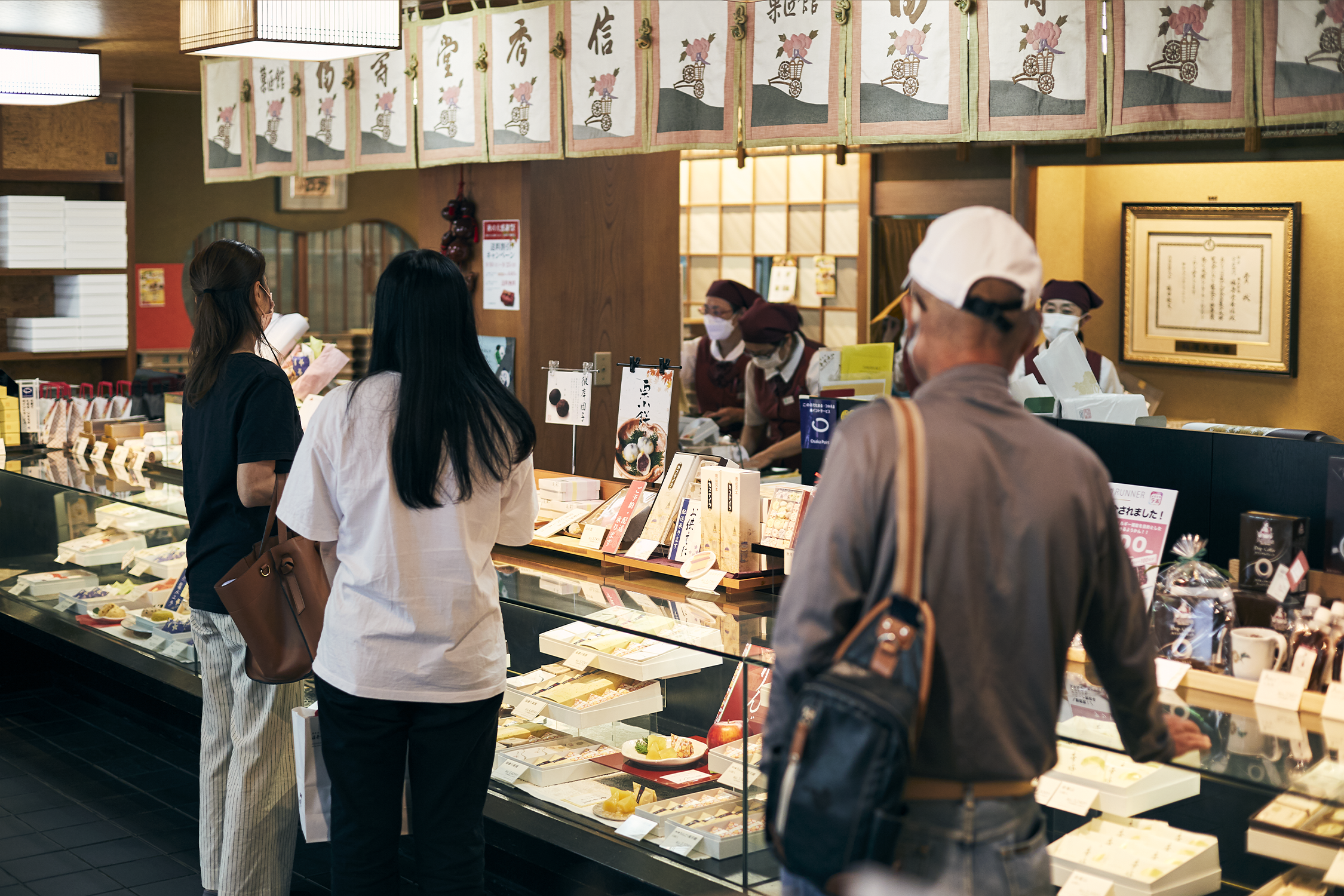

Looking to the future
In the aftermath of the pandemic, Mr. Okamoto wants to help Osaka, the city where he was born and raised, bounce back. “We should first focus on tourism, which is Osaka’s strength,” he said.
Mr. Okamoto wants to make sure that in addition to the fun streetscapes of Namba, guests leave with an understanding of Japanese culture, such as the traditional sweets and tea that he is so passionate about.
“I have all kinds of ideas, and am looking forward to what the future will bring.”
Profile
Masatsugu Okamoto is the senior managing director and future president of Fukujudo Hidenobu, a Japanese sweet shop that has been in business for over 70 years. He has devised strategies to bring these sweets into the modern era, including the development of ‘drinkable yokan’, inspired by a red bean dessert. He is also involved in community development activities for Osaka and Namba.